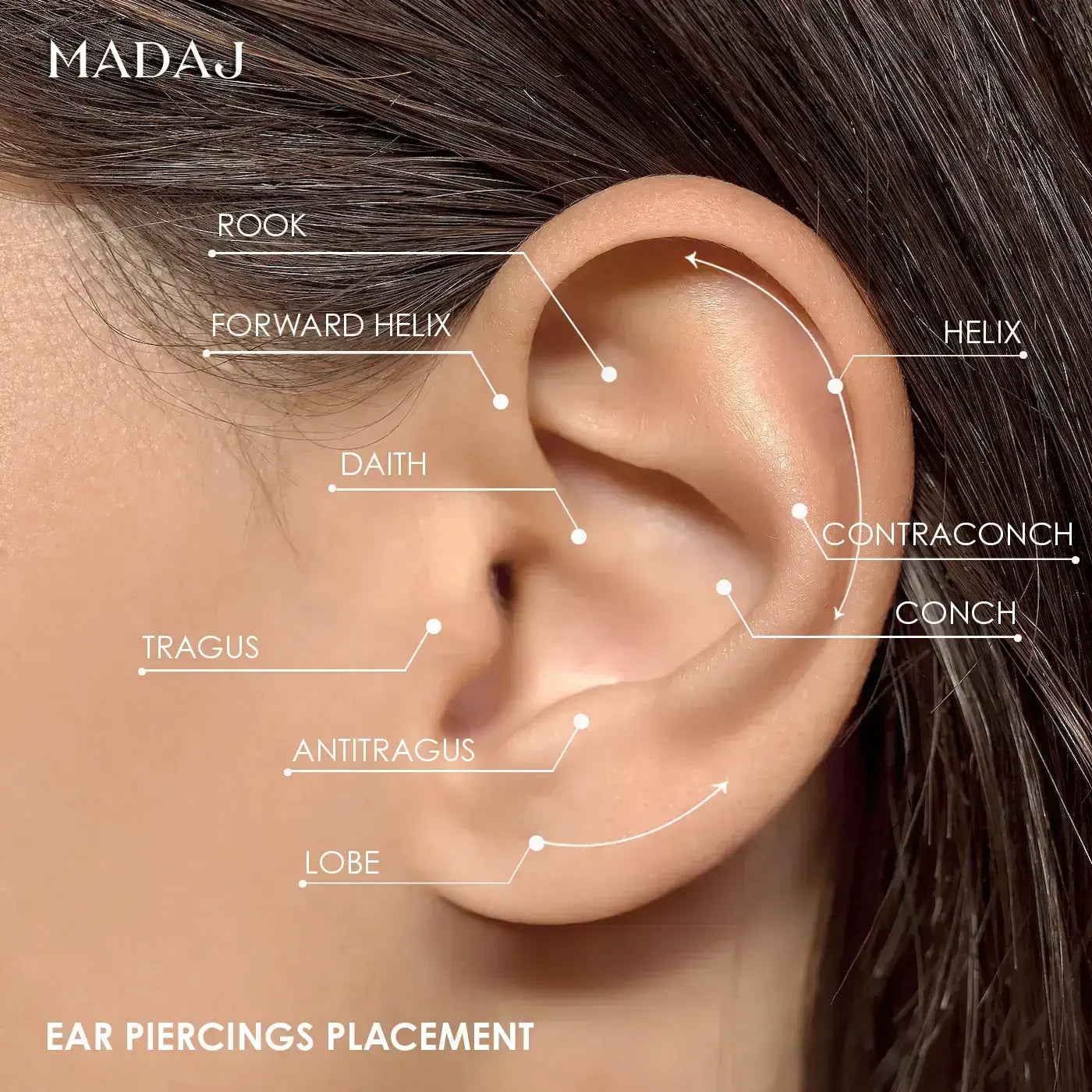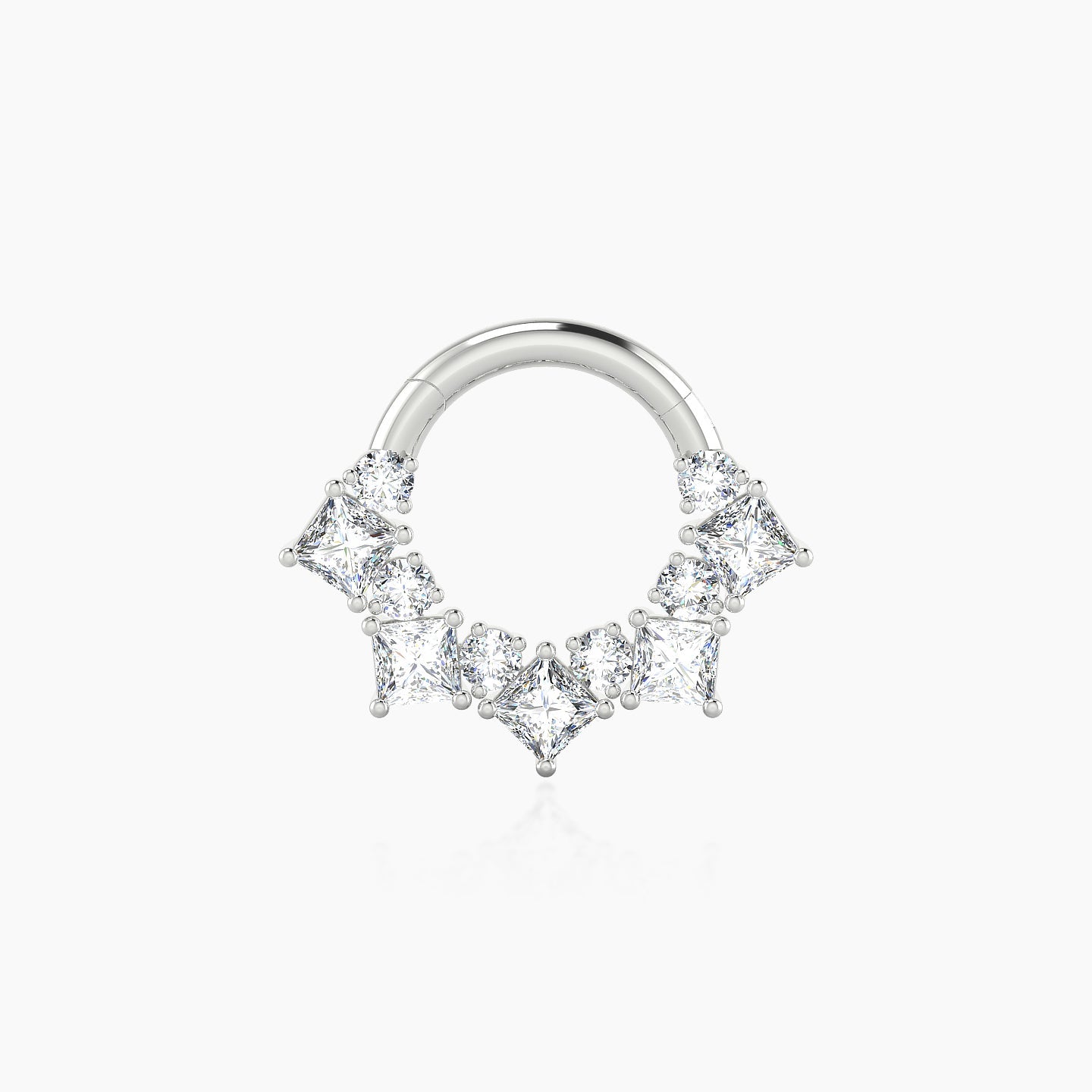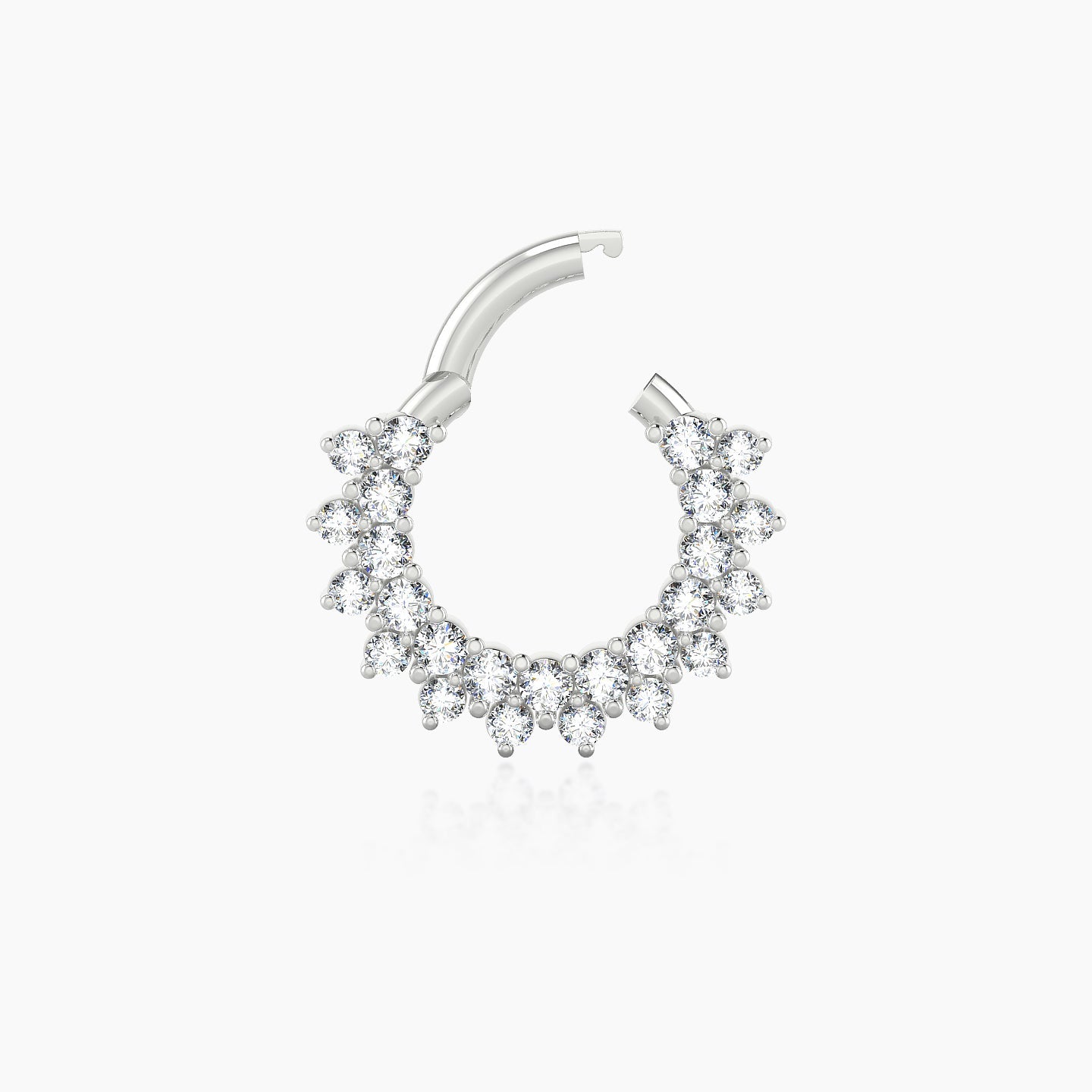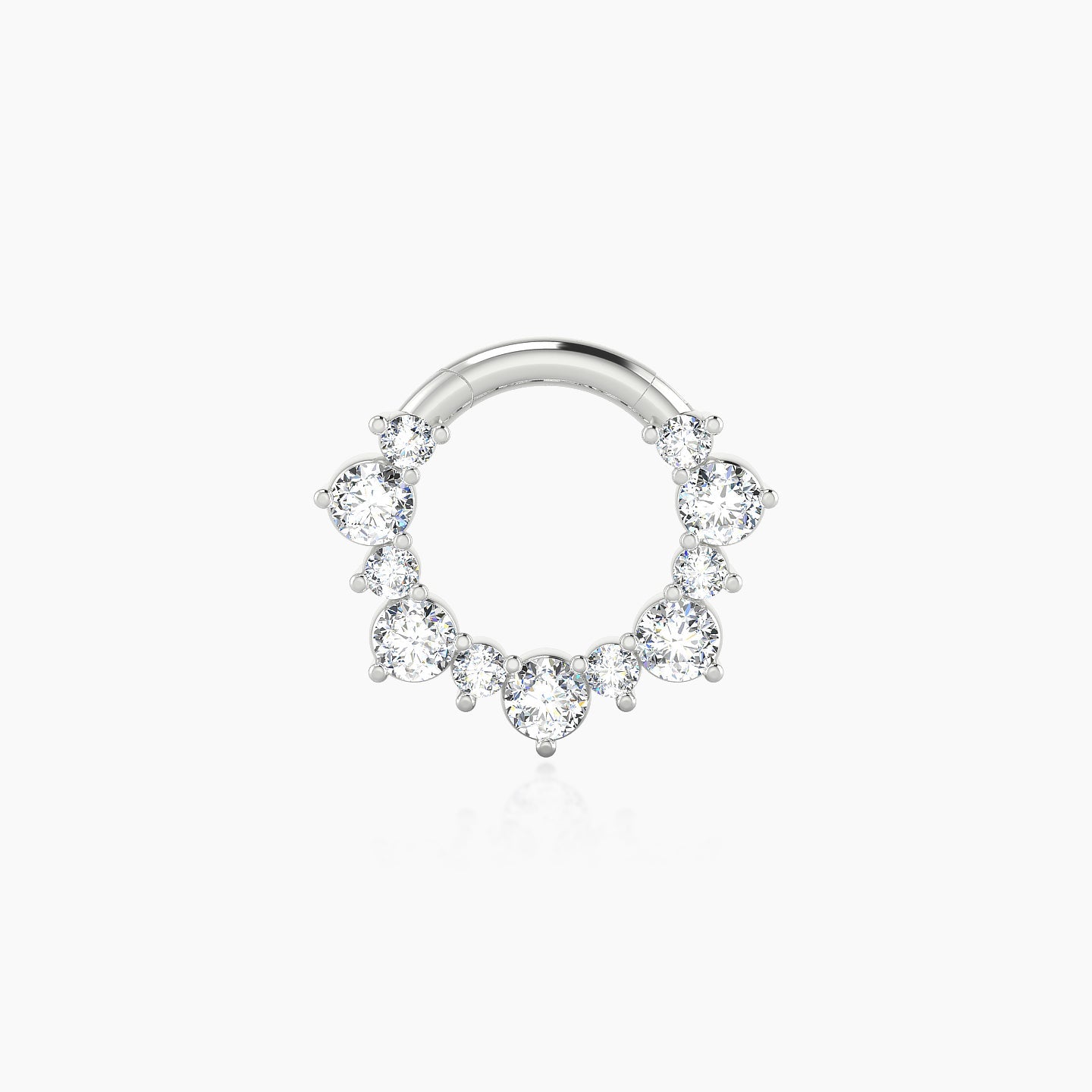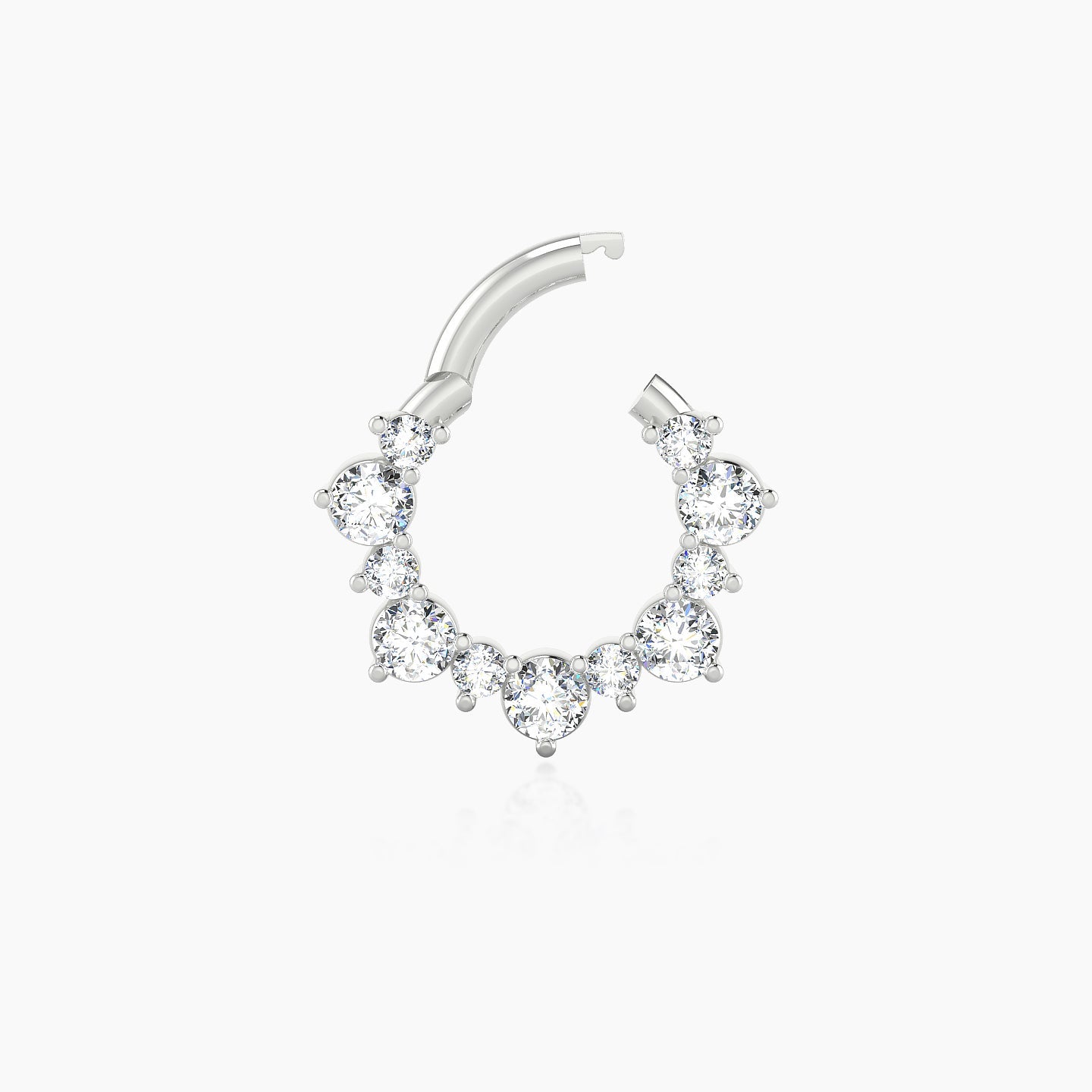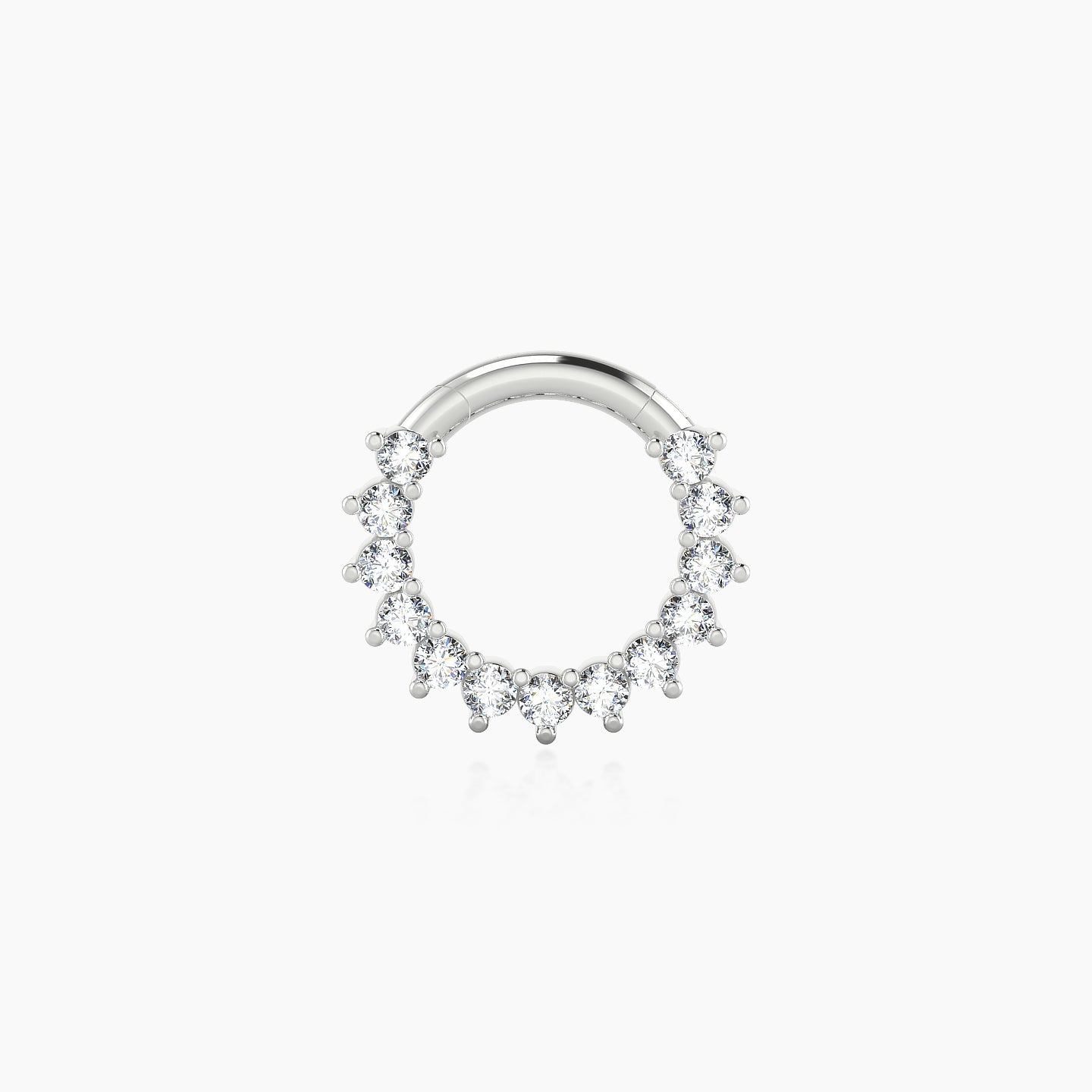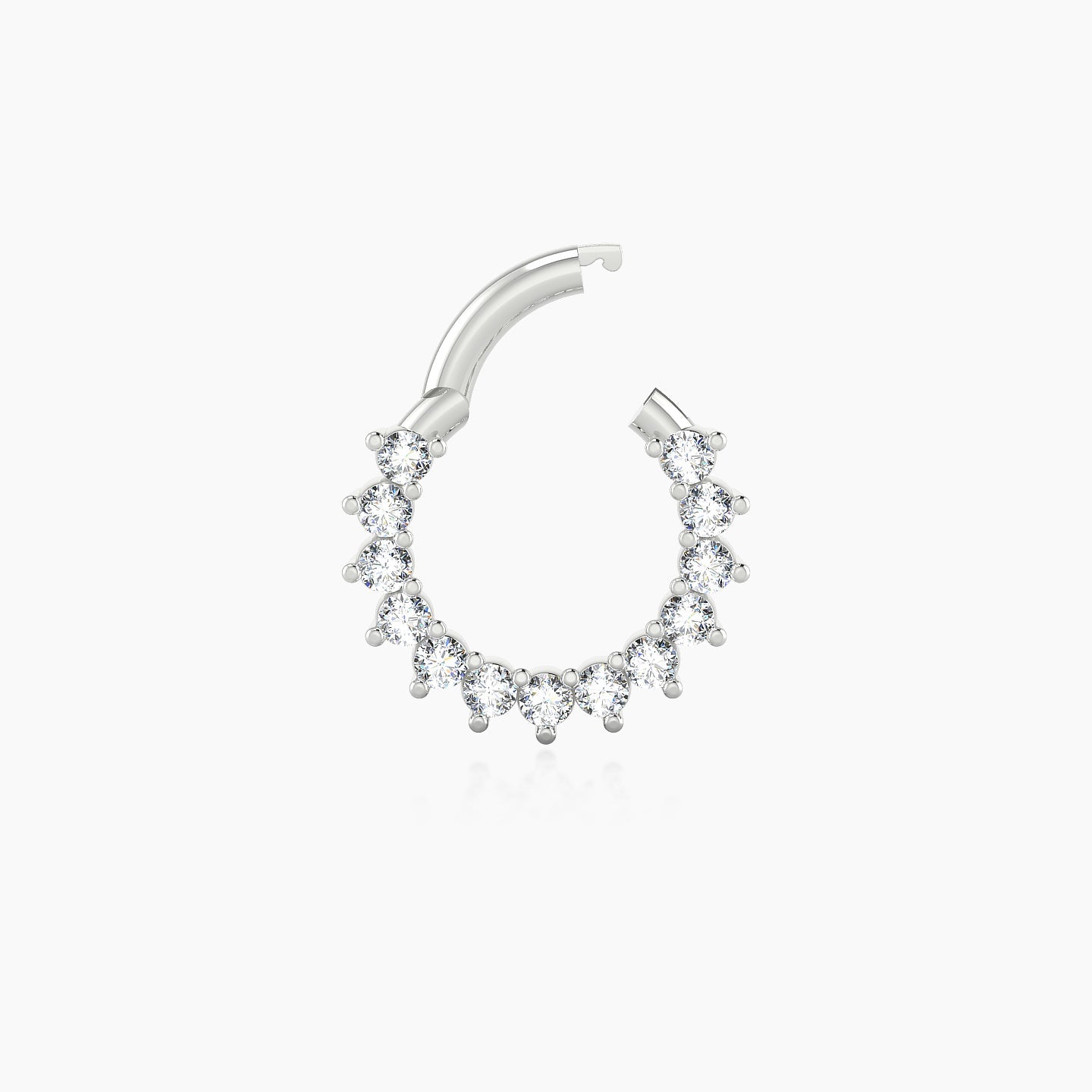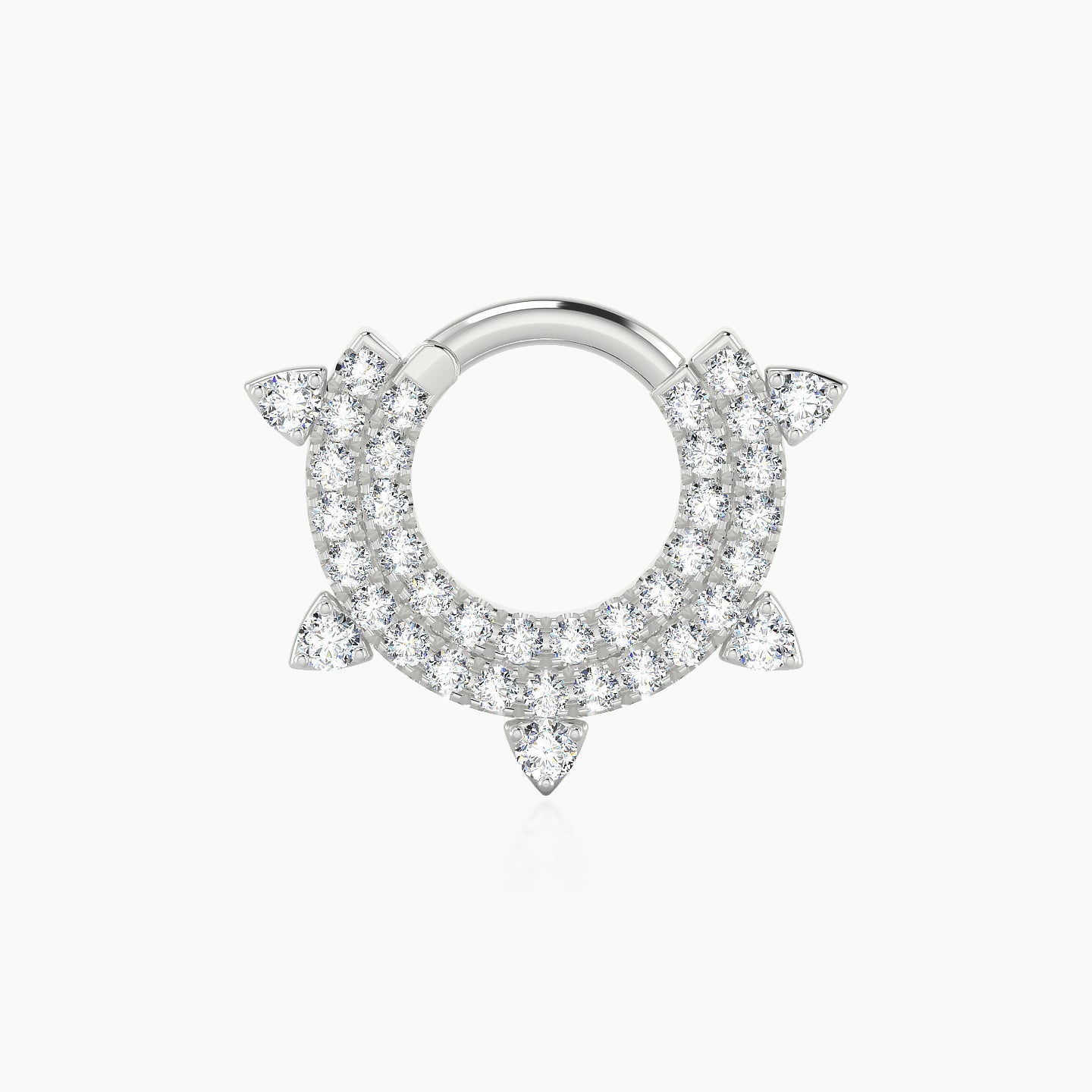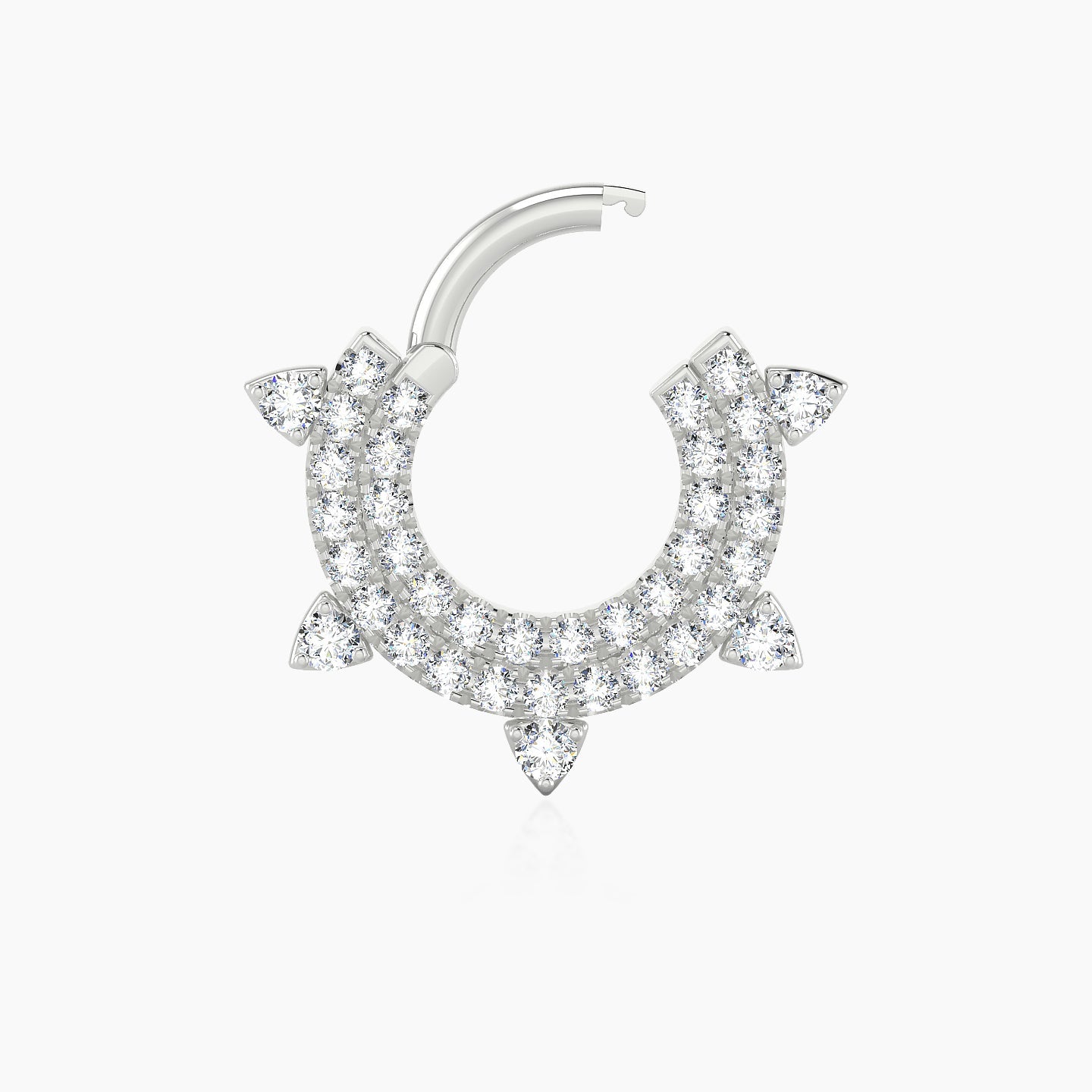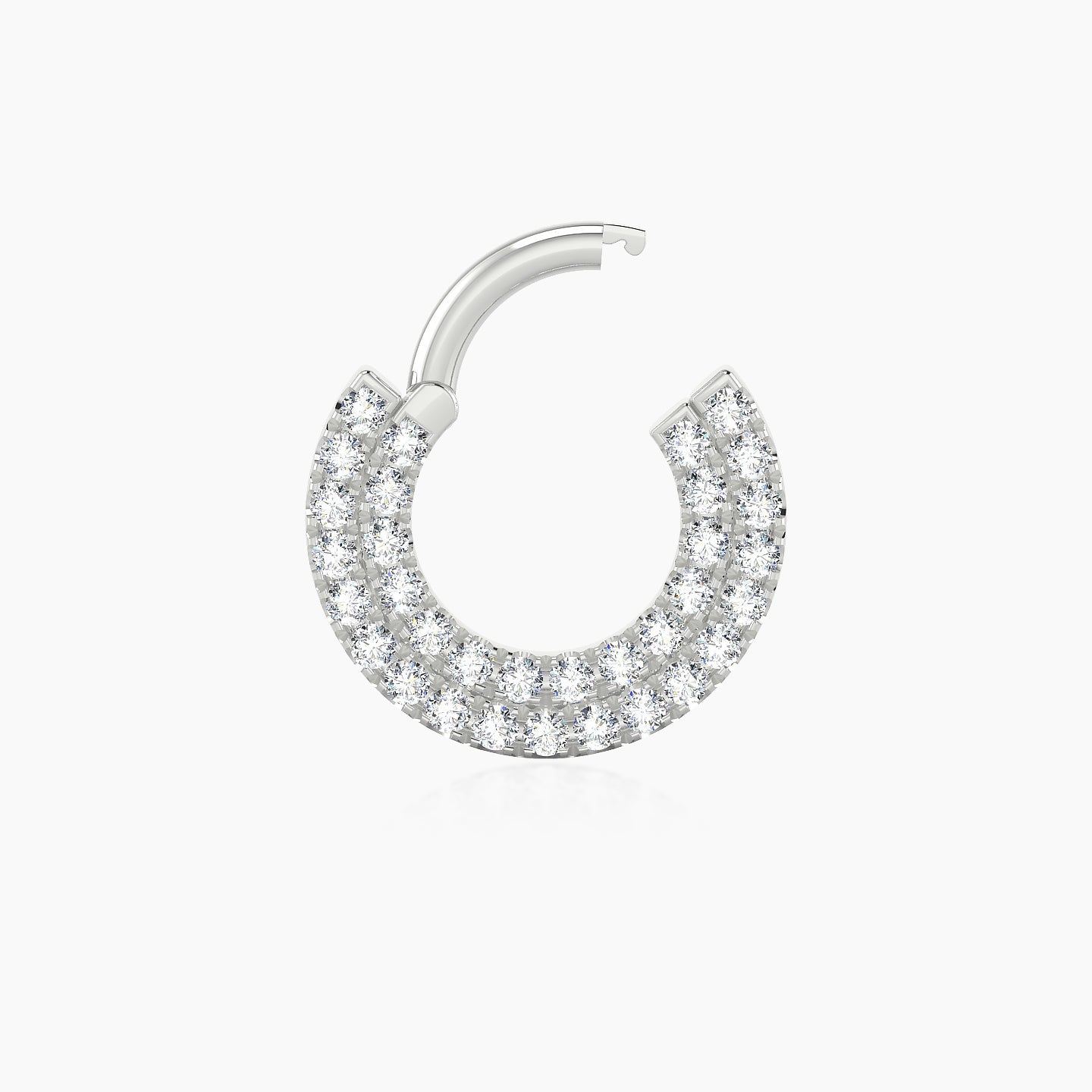Education
SEPTUM PIERCING FULL GUIDE
Welcome to our comprehensive guide on septum piercings. This guide is designed to provide you with all the essential information you need, from the piercing process and pain level to aftercare and healing. Whether you're considering getting a septum piercing or just curious about the procedure, we aim to address your questions and concerns with professional insight.
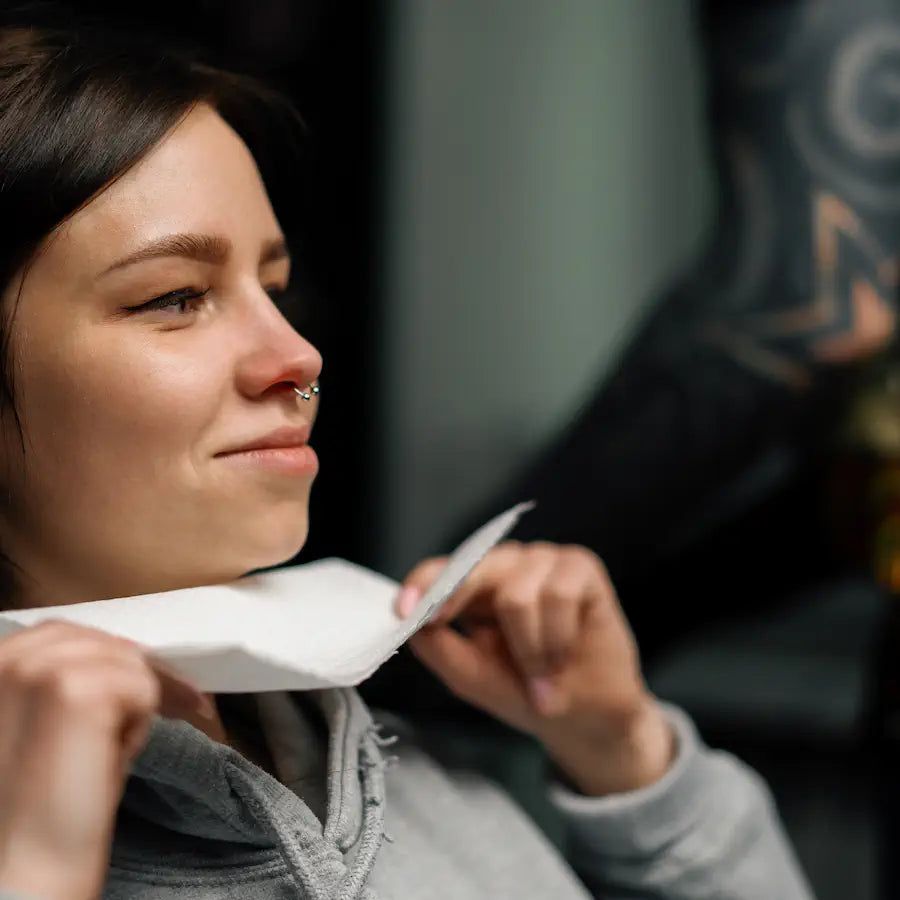
SEPTUM PIERCING PLACEMENT
The placement of a septum piercing is crucial for both aesthetic appeal and comfort.
It is typically positioned in the thin strip of skin towards the front of the nasal septum, known as the "sweet spot," which is the area between the bottom of the nose and the cartilaginous dividing wall that separates the nostrils. This location is chosen because it is less painful to pierce and generally easier to heal than piercing through cartilage.
Proper placement not only ensures a more comfortable healing process but also allows for a wide range of jewelry options to fit the piercing aesthetically. It's important for the piercer to accurately identify the sweet spot for optimal results and to minimize potential complications.

PAIN LEVEL OF SEPTUM PIERCING
Pain Level of Septum Piercing: (4/10)
The septum piercing is moderately painful due to its location and the thin cartilage it goes through. The pain is often described as brief and lasts only a few seconds during the piercing process.
How can I reduce the pain felt during septum piercing?
There are solutions to minimize the pain during septum piercing, such as using anesthetic creams containing lidocaine (EMLA or generics).
These creams are available in pharmacies with a prescription.
It is recommended to apply the cream around the septum area 30 minutes to 1 hour before the piercing.

SEPTUM PIERCING PROCEDURE
The septum piercing procedure involves several key steps:
Preparation: The nose area is cleaned, and the exact piercing spot is marked on the nasal septum's "sweet spot" for precision.
Piercing: A professional piercer uses a sterile needle to pierce through the marked spot. The "sweet spot" is a thin piece of skin that is less painful to pierce.
Jewelry Insertion: Immediately after piercing, the chosen jewelry, typically a circular barbell or ring, is inserted. Shop your diamond septum piercing.
Aftercare Instructions: The piercer provides guidelines on how to care for the new piercing to ensure proper healing and prevent infection.
This streamlined process requires professional expertise to ensure safety and minimize discomfort.
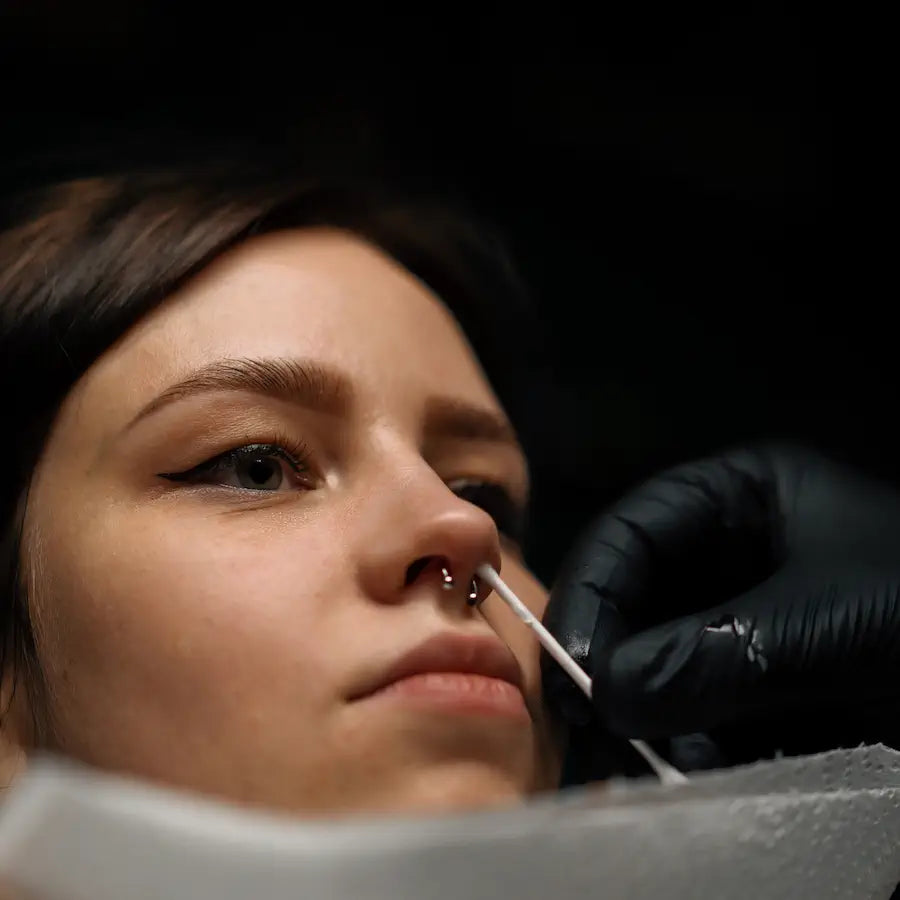
CLEANING INSTRUCTIONS FOR SEPTUM PIERCING
Wash Your Hands: Always start by thoroughly washing your hands with antibacterial soap to avoid introducing bacteria to the piercing site.
Saline Solution: Prepare a saline solution by mixing 1/4 teaspoon of non-iodized sea salt with 1 cup of warm distilled or bottled water. Alternatively, you can use a premade sterile saline solution specifically designed for piercings.
Gentle Cleaning: Soak a clean cotton ball or pad in the saline solution and gently apply it to both sides of the septum piercing. This helps to remove any crust that has formed and soothes the area.
Rinse: After cleaning, carefully rinse the area with clean, lukewarm water to remove any leftover saline solution or loosened debris.
Dry: Pat the area dry with a clean, disposable paper towel. Cloth towels can harbor bacteria and should be avoided.
Frequency: Clean your septum piercing 2-3 times a day to prevent infection and promote healing.
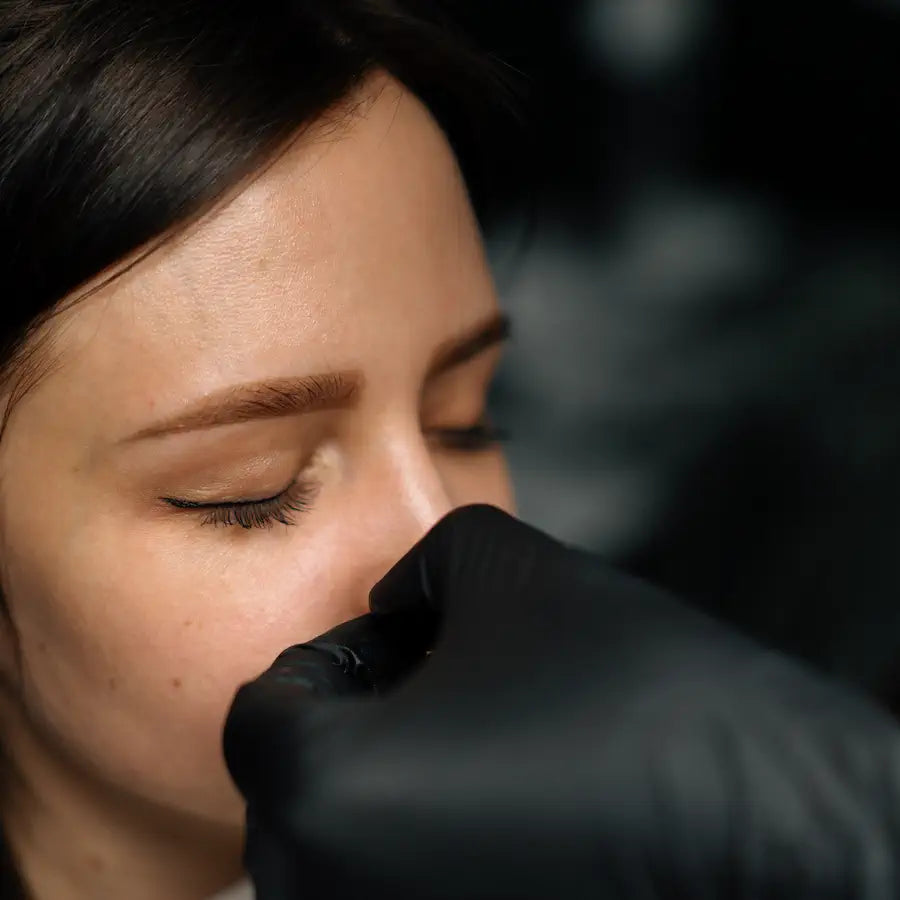
HEALING TIME & PROCESS FOR SEPTUM PIERCING
The healing time for a septum piercing can vary from person to person, but on average, it takes about 6 to 8 weeks for the initial healing phase. Complete healing, however, can take anywhere from 3 to 6 months, depending on individual health and aftercare practices.
Healing Process:
Initial Healing: In the first few weeks, some swelling, redness, and tenderness around the piercing site are normal. You might also notice a clear or light yellow discharge, which is part of the healing process.
Intermediate Phase: As the piercing starts to heal, these symptoms should gradually decrease. It's important to continue with regular cleaning during this phase to prevent infections and promote healing.
Maturation Phase: Over the next few months, the piercing will fully heal from the outside in. Even if the surface appears healed, the tissue inside might still be repairing. It's crucial to maintain good hygiene and handle the piercing gently during this time.
Remember, patience and proper aftercare are key to a successfully healed septum piercing.
Discover Our

